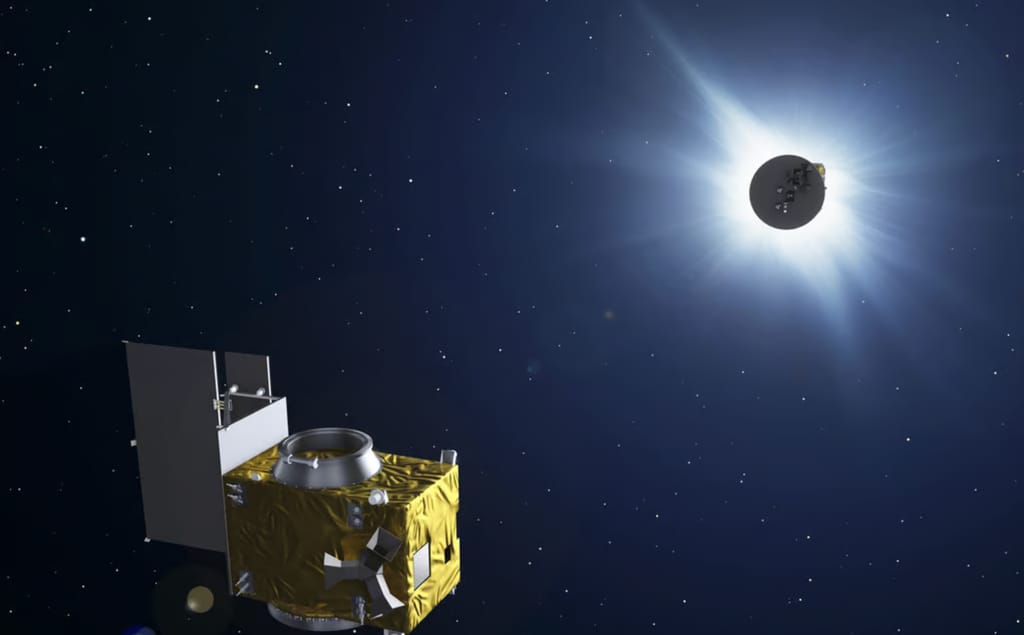
ESA plans to construct an artificial solar eclipse using two satellites to investigate the sun’s corona and better predict geomagnetic solar storms. ESA says the “Proba-3” mission will be the first to create an artificial eclipse in a bid to better understand solar weather.
Millions of people have just traveled from far away to witness the total solar eclipse in the areas where it was visible. The entire spectacle was fascinating, with the moon completely obscuring the sun and revealing its ghostly corona. However, the European Space Agency (ESA) is now aiming to construct an artificial solar eclipse very soon.
ESA’s Proba-3 will create artificial solar eclipses
All it needs are a couple of satellites, and they will do the rest. And, no, they are not massive satellites; in fact, they are pretty small, but the technology underlying them will allow them to do a very large task.
The ESA plans to use these two satellites to create an artificial eclipse to research the Sun’s corona and its impact on space weather in general. ESA has dubbed it the “Proba-3” project, and it will be the first mission to attempt to create a man-made eclipse. Proba stands for ‘Project of Onboard Autonomy’.
The two satellites will be sent into space by the Indian Space Research Agency’s PSLV rockets
The mission consists of two satellites: Coronagraph and Occulter. The objective is to put them precisely at a distance of about 144 meters. The accuracy must be at the millimeter level.
The Occulter’s job is to block the sun, allowing the Coronograph to examine the corona. The Occulter will cast a shadow on the Corograph, resulting in the perfect solar eclipse.
The spacecraft will capture images, which will be analyzed to learn more about space weather and the generation of geomagnetic solar storms.
Euronews report said, “According to the agency, studying the solar corona may help scientists predict solar weather, such as geomagnetic solar storms that can affect satellites in orbit as well as communication networks and power grids on Earth.”
Notably, the two satellites will be sent into space by the Indian Space Research Agency’s (ISRO) PSLV rockets. Both spacecraft are currently in preparation in Belgium.
